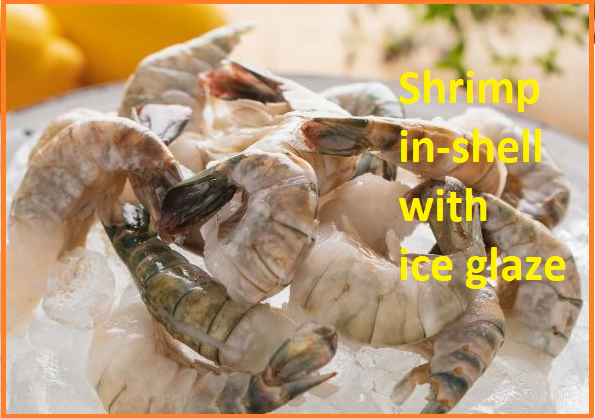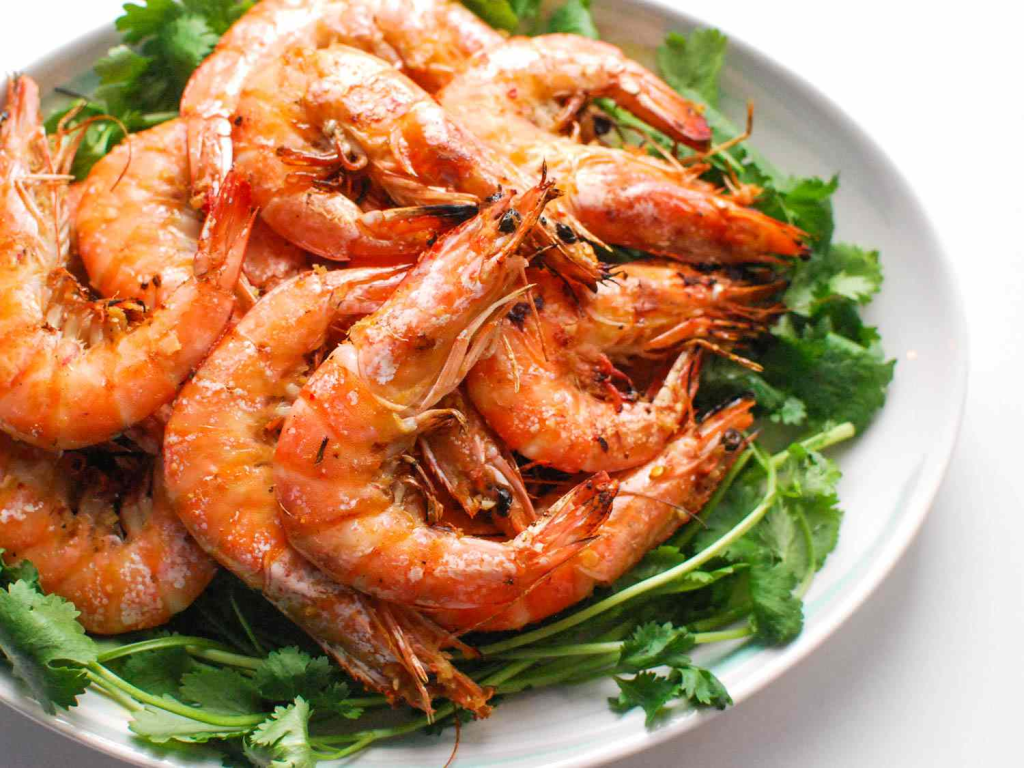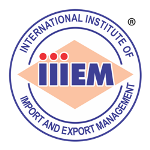Exporting Frozen Shrimps as a Merchant Exporter
Top Exported Marine Products from India (2023–24)
India is only the 2nd top exporter of Frozen Shrimps after Ecuador in the world.
Shrimp or Shrimps is a common name typically used for crustaceans with an elongated body and a primarily swimming mode of locomotion –Any small crustacean may also be referred to as “shrimp”, regardless of resemblance.
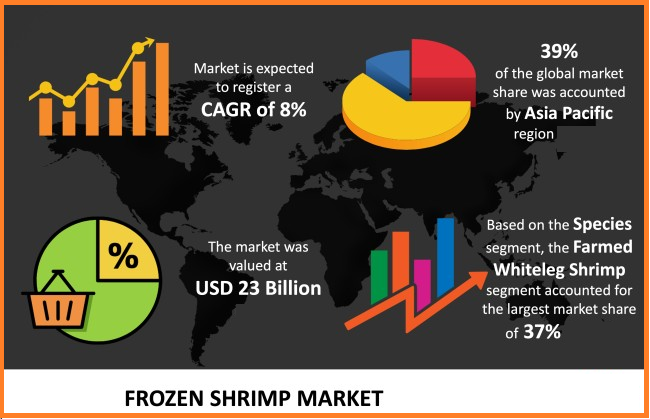
Frozen Shrimp: Dominant Export Item
Frozen shrimp continued to be India’s leading export item, accounting for 40.19% of the total export quantity and 66.12% of the export value. In the 2023–24 period, 716,004 metric tons of frozen shrimp were exported, valued at $4.88 billion. Despite a 0.69% increase in quantity, the value declined by 10.95% due to factors such as sluggish demand in major markets and competitive pricing from other countries MPEDA.
Major Export Destinations
India exported marine products to 132 countries, with the following being the top destinations by export value. Data source – MPEDA
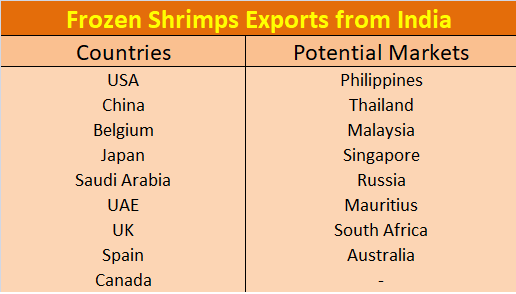
Process of Exporting Frozen Shrimps
Certificates Required for Fish Exports from India
- Sourcing / Procurement
- Shrimp farming or fishing (aqua farms, coastal areas)
- Farmers must register with MPEDA
- Compliance with aquaculture standards
- Processing & Freezing
- Processing at MPEDA/EIC-approved plants
- HACCP compliance mandatory
- Freezing at -18°C or below
- Packaging (vacuum sealed / IQF)
- Quality Testing (Labs)
- Microbiological tests (E. coli, Salmonella, Vibrio)
- Chemical tests (histamine, antibiotics, heavy metals)
- Organoleptic tests (smell, taste, texture)
- Certifications & Registrations
- IEC (Import Export Code) – DGFT
- RCMC (Registration-Cum-Membership Certificate) – MPEDA
- HACCP certification (for processing unit)
- Health Certificate – EIA (under EIC)
- CATCH Certificate – for EU markets
- FDA approval – for USA exports
- Halal certificate – for Middle East (if required)
- Sustainability certificates (ASC, BAP, MSC – optional)
- Documentation & Customs Clearance
- Invoice, Packing List, Bill of Lading
- Phytosanitary / Sanitary certificate (if importer requires)
- Customs clearance with DGFT/ICEGATE
- Export & Shipment
- Reefer containers at -18°C or below
- Route to destination market (USA, China, EU, Japan, Middle East, etc.)
Merchant Exporter’s Role:
- Merchant exporters usually procure frozen fish from MPEDA/EIA-approved processing plants located in these coastal cities/districts.
- They do not buy directly from fishermen; instead, sourcing is through processing companies, cold storages, and seafood exporters who handle cleaning, freezing, HACCP compliance, and certification.
- Direct sourcing from fishermen is not common; instead, exporters rely on processors who ensure HACCP, health certification, freezing (-18°C), and packaging standards.
- India is the world’s largest exporter of frozen shrimp, with Vannamei shrimp dominating exports.
- Black Tiger shrimp remains a premium niche product, fetching higher prices per kg.
- Most exports are in frozen forms: head-on, headless, peeled & deveined (P&D), tail-on, or value-added (breaded, cooked, marinated).
Cautions for a Merchant Exporter
1. Supplier Compliance
- Source only from MPEDA-registered and EIA/EIC-approved processing plants.
- Ensure supplier has HACCP-certified facilities.
- Check that the supplier’s farms/processors follow Good Aquaculture Practices (GAP).
- Avoid sourcing from unregistered farms or processors – shipments may be rejected by importing country.
2. Quality Compliances
Ensure shrimp are frozen at -18°C or below and transported in cold chain.
Conduct lab tests for:
- Antibiotic residues (e.g., chloramphenicol, nitrofurans)
- Heavy metals (mercury, cadmium, lead)
- Microbiological safety (E. coli, Salmonella, Vibrio)
3. Other Operational Cautions
- Maintain traceability records (farm → processor → exporter).
- Monitor cold chain integrity till loading in reefer containers.
- Take marine insurance & credit insurance to safeguard against risks.
- Stay updated with import country’s changing regulations (EU, USA, China are strict on antibiotic residues).

